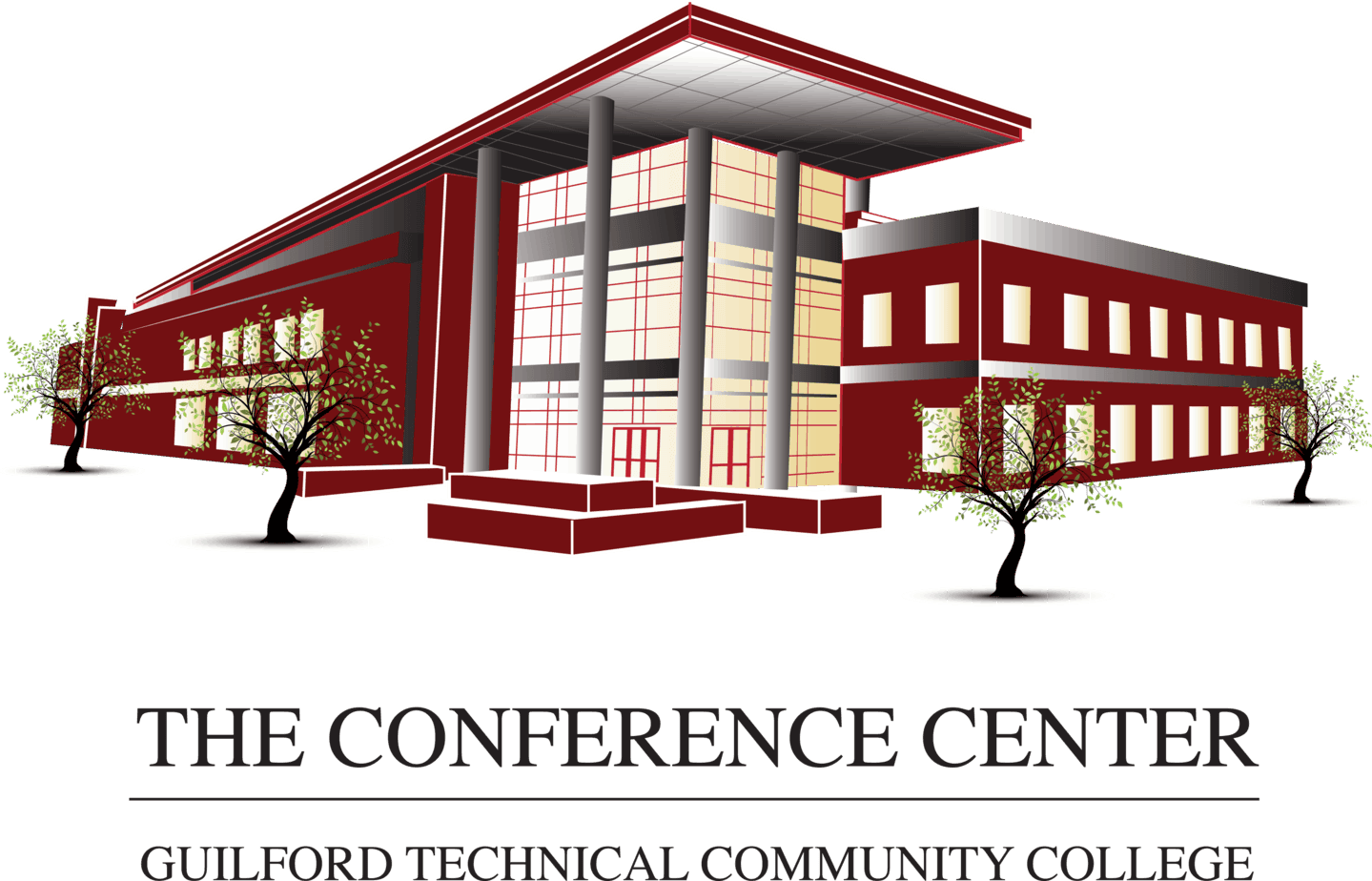
Do you dread going to meetings because the space is uncomfortable, unorganized, or missing essential items?
Having a well-equipped meeting space can make all the difference in achieving your goals. From small team meetings to large presentations, having the right tools and amenities can help you stay focused and on track.
In this article, we’ll explore the 8 things every meeting space needs, so you can ensure your next meeting is a success.
1. Adequate Seating
When it comes to creating a productive meeting space, adequate seating is crucial. The seating arrangement can impact the overall atmosphere of the meeting and even affect the productivity of the participants. Therefore, it’s important to ensure that the meeting space has enough seating to accommodate the expected number of attendees comfortably.
Additionally, take note of the layout of the seating. The seating arrangement should be designed in such a way that it allows for easy communication and collaboration among participants. For example, a U-shaped seating arrangement can encourage more interaction and discussion among attendees.
2. Good Lighting
When it comes to lighting, natural light is always the best option. However, if your meeting space doesn’t have any windows or access to natural light, you’ll need to rely on artificial lighting. In this case, you’ll want to ensure that your lighting is bright enough to keep attendees alert and focused, but not so bright that it causes eye strain or headaches.
Having a meeting room with dimmer switches can also be a game-changer for your meeting space. It allows you to adjust the lighting to match the mood and tone of your meeting, from bright and energizing to soft and mellow. This can help to keep attendees engaged and focused throughout the entire meeting.
3. Audio-visual Equipment
Having the right AV equipment can make all the difference in the success of your meeting or presentation.
First and foremost, you’ll need a high-quality projector and screen. This will allow you to display slides, videos, and other multimedia content for your audience. Make sure the projector is bright enough to be seen clearly in the room, and that the screen is large enough for everyone to see comfortably.
In addition to a projector and screen, you’ll also need good sound equipment. This includes speakers, microphones, and a sound mixer. Depending on the size of your meeting space, you may need multiple speakers to ensure that everyone can hear clearly. You may also need wireless microphones if you have multiple speakers or presenters.
It’s also a good idea to have a technician on hand to help set up and troubleshoot any technical issues that may arise during your meeting or presentation.
4. Whiteboard or Flipchart
A whiteboard or flipchart are tools essential for brainstorming, collaborating, and visualizing ideas in a group setting. They allow participants to share their thoughts, ideas, and feedback in a clear and concise way, making it easier to stay organized and on track during the meeting.
When choosing a whiteboard or flipchart for your meeting space, consider the size of the room, the number of participants, and the type of meetings you’ll be hosting.
5. Refreshments
Providing food and drinks for your guests can make a huge difference in their overall experience and can help to keep them engaged and focused throughout the meeting.
When planning for refreshments, it’s important to consider the time of day and the length of the meeting. For example, if you’re hosting a morning meeting, you might provide coffee, tea, and pastries. For afternoon meetings, you might offer snacks like fruit, nuts, or granola bars. For longer meetings, you might provide a more substantial lunch or dinner.
It’s also important to consider any dietary restrictions or preferences that your guests may have. Providing a variety of options, including vegetarian, gluten-free, and dairy-free options, can help to ensure that everyone can enjoy the refreshments.
When it comes to presentation, a well-stocked refreshment table or cart can be a nice touch. Consider including a variety of beverages, such as water, soda, and juice, as well as cups, napkins, and utensils.
6. Temperature Control
The temperature of a room can greatly affect the productivity and comfort of the people in it. If a room is too hot or too cold, people may become distracted, uncomfortable, or even fall asleep. That’s why it’s important to have a temperature control system in place.
There are several options for temperature control in a meeting space. One is to have a central HVAC system that can be adjusted to maintain a comfortable temperature. Another option is to have individual thermostats in each room that can be adjusted to the desired temperature.
7. Accessibility
Accessibility is not just a legal requirement, but it’s also a moral obligation to provide an inclusive environment for everyone.
To make your meeting space accessible, you should consider several factors. First, ensure that the entrance is wide enough to accommodate wheelchairs or other mobility aids. There should also be ramps or lifts installed if there are any steps leading to the meeting space.
Inside the meeting space, you should have accessible seating options, such as tables that can be adjusted to different heights. Also, make sure that there are enough clear paths for people with mobility aids to move around easily.
8. Privacy
Whether you’re discussing confidential business information or personal matters, a lack of privacy can lead to discomfort, distraction, and even legal issues.
So, what does a private meeting and conference space need to ensure privacy? First, it should have a door that can be closed during the meeting.
Another important feature is window coverings that can be closed to prevent people from seeing inside the room. Soundproofing a meeting room can also be a great way to ensure privacy, as it will help to block out any noises from outside the room.
